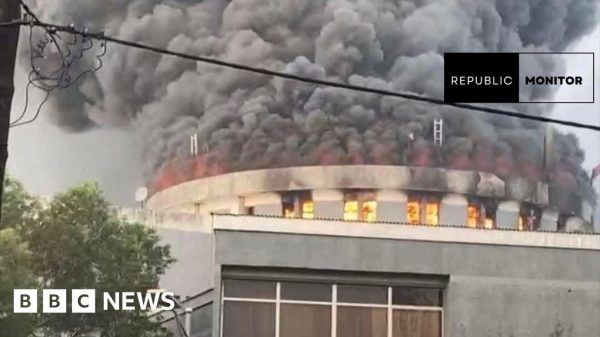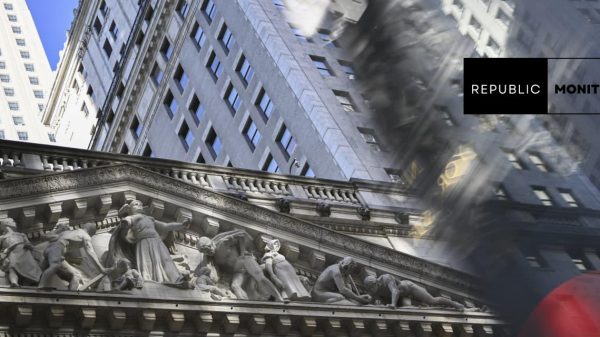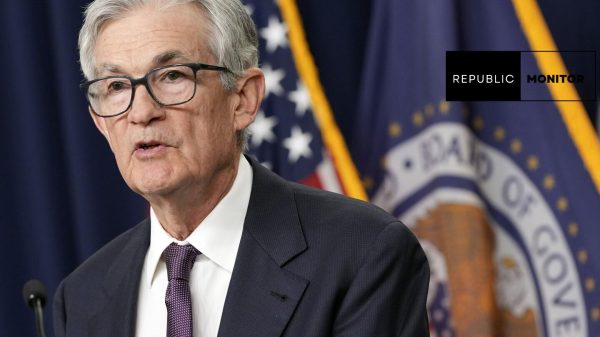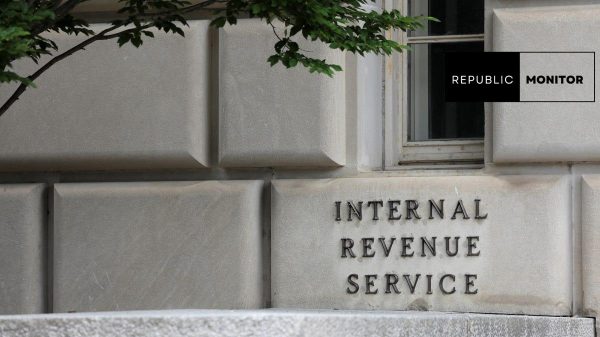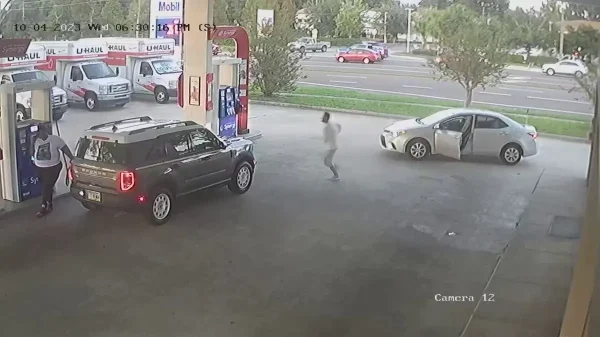In the vibrant city of Indianapolis, Westside stands as a neighborhood grappling with significant challenges, particularly in the realm of crime. Recognized as the most dangerous neighborhood in Indiana, Westside faces a complex interplay of factors contributing to its high crime rates. Delving into the root causes provides valuable insights into the broader issues affecting communities dealing with socio-economic disparities and crime.
Crime Statistics in Westside: A Sobering Reality
Westside is marked by a violent crime rate of 2,270 incidents per 100,000 people, an alarming figure that surpasses the national average more than twentyfold. The property crime rate is equally distressing, reaching 11,801 incidents per 100,000 people. These statistics underscore the urgent need for comprehensive strategies to address the underlying issues fostering crime in the neighborhood.
Key Factors Contributing to High Crime Rates:
- Poverty: Westside grapples with widespread poverty, evident in a median household income of just $28,000. This is significantly lower than the citywide median income of $52,000. The link between poverty and crime is well-established, as economic struggles often push individuals towards illicit activities.
- Unemployment: A staggering unemployment rate of 12% plagues Westside, more than double the citywide rate in Indianapolis. Limited employment opportunities create an environment conducive to criminal activities, as individuals face challenges in securing stable employment.
- Gangs: Westside is notorious for being a hub for various gangs involved in criminal pursuits such as drug trafficking, violence, and property crimes. The presence of these gangs amplifies the overall crime landscape in the neighborhood.
- Lack of Resources: Years of neglect have left Westside with limited investments and resources. The scarcity of resources makes it challenging for residents to break free from the cycle of poverty and crime, perpetuating a cycle of deprivation.
Community Initiatives and Hope for Change:
Despite the significant challenges, there are signs of resilience and hope within Westside. Numerous community organizations are actively engaged in efforts to improve conditions, and recent investments in the area suggest a growing commitment to positive change.
Addressing the issues in Westside necessitates a multifaceted approach, including targeted efforts to alleviate poverty, enhance employment opportunities, and dismantle structures that perpetuate the cycle of crime. Community engagement plays a pivotal role, empowering residents to actively participate in the revitalization of their neighborhood.
In conclusion, shedding light on the intricate factors contributing to the high crime rates in Westside provides a foundation for developing effective strategies to address these challenges. By fostering collaboration among residents, community organizations, and policymakers, there is potential for transformative change, creating a safer and more vibrant Westside for the benefit of all its residents.


